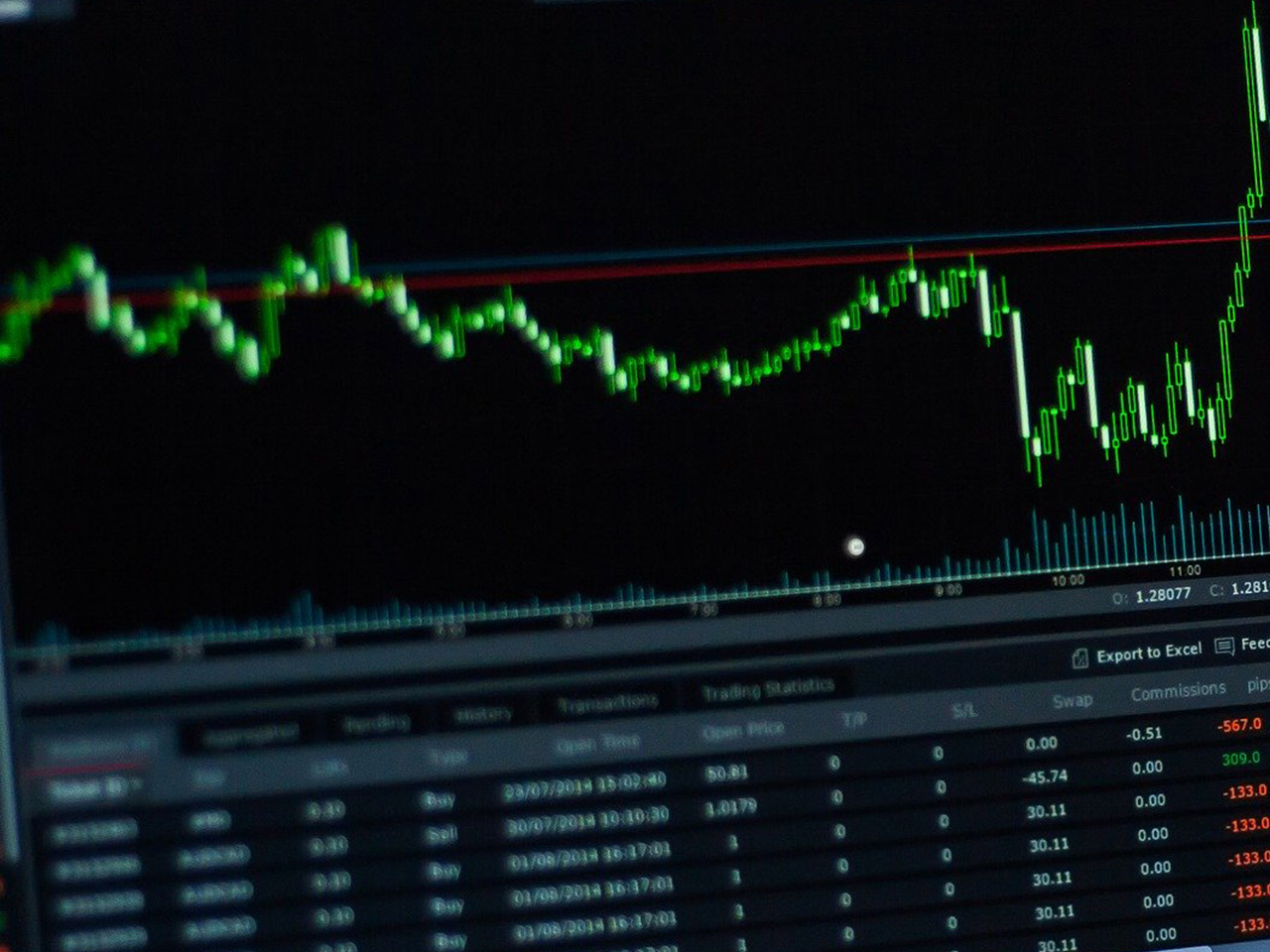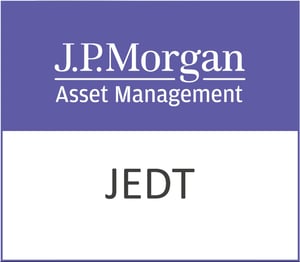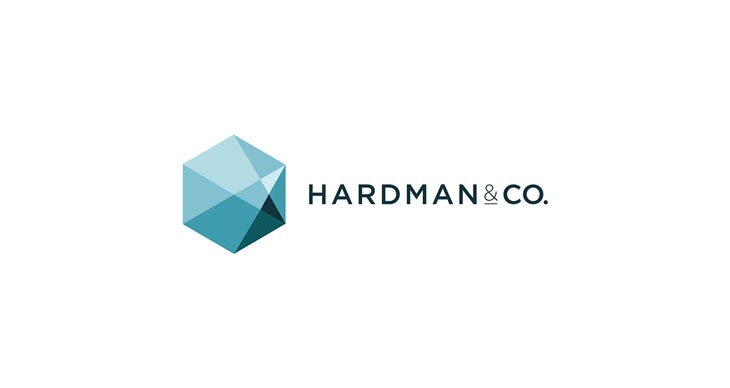For investors with a keen eye on the technology sector, Uber Technologies, Inc. (NYSE: UBER) presents a compelling opportunity as it continues to make significant strides in the global market. With a market capitalization of $183.27 billion, Uber stands out as a heavyweight player in the software application industry, continually redefining how we think about transportation and logistics.
As of its latest trading session, Uber’s stock is priced at $87.64, showing a modest price change with a 0.01% increase. The stock’s 52-week range spans from $58.48 to $97.48, indicating robust growth potential and resilience in market fluctuations. Investors should note that the current valuation metrics do not offer a traditional P/E ratio, which is often crucial for evaluating profitability. However, the forward P/E ratio of 20.01 provides some insight into future earnings expectations.
Uber’s revenue growth remains impressive at 13.80%, reflecting its ability to capitalize on expanding markets and evolving consumer needs. Despite the absence of disclosed net income figures, the company boasts a strong EPS of 5.71, alongside an outstanding return on equity of 69.38%. Additionally, Uber showcases robust operational efficiency with a free cash flow of over $5.42 billion, underscoring its capacity to reinvest in growth initiatives or buffer against economic downturns.
While Uber currently does not offer a dividend yield, its payout ratio stands at 0.00%, suggesting a strategic focus on reinvestment over immediate shareholder returns.
Analyst sentiment towards Uber is overwhelmingly positive, with 41 buy ratings and zero sell ratings. The average target price of $100.54 implies a potential upside of 14.72%, positioning Uber as an attractive proposition for growth-oriented investors. The target price range extends from $76.00 to $120.00, providing a broad spectrum of potential outcomes aligned with market conditions.
From a technical perspective, Uber’s 50-day and 200-day moving averages are $89.31 and $77.06, respectively. The relative strength index (RSI) of 67.77 indicates a stock nearing overbought territory, while the MACD of -0.21 and signal line of 0.62 suggest potential short-term fluctuations.
Uber operates through three primary segments: Mobility, Delivery, and Freight. Each segment leverages proprietary technology to enhance efficiency and service quality. The Mobility segment offers diverse transportation options beyond traditional ridesharing, including carsharing and public transit solutions. The Delivery segment extends beyond meals to include groceries and retail, further diversifying Uber’s revenue streams. Lastly, the Freight segment continues to innovate in logistics and supply chain management, connecting shippers and carriers through a sophisticated digital marketplace.
Founded in 2009 and headquartered in San Francisco, Uber has evolved from a simple ridesharing service to a global technology powerhouse. As investors contemplate their portfolios, Uber’s strategic initiatives and growth potential make it a noteworthy consideration in the dynamic landscape of technology stocks.









































